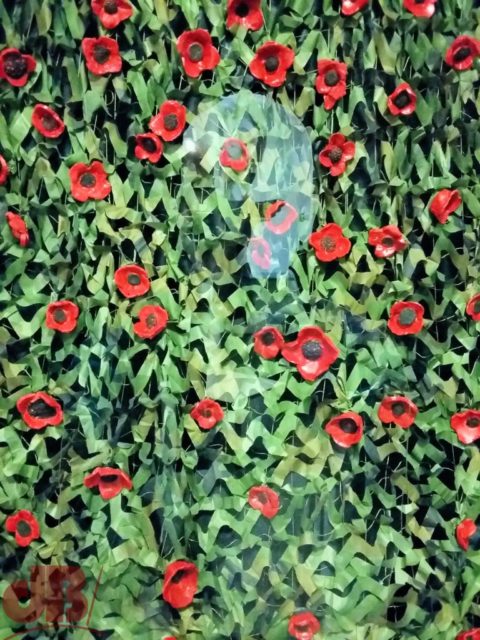
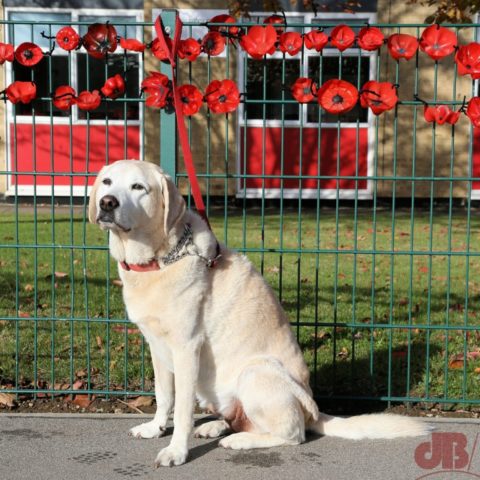
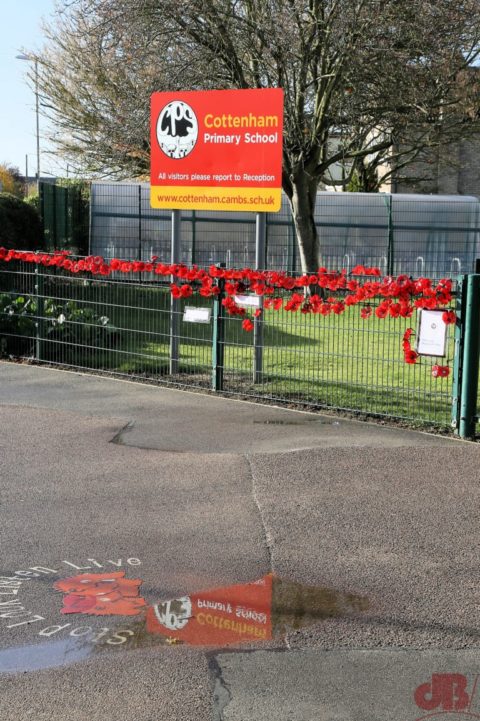

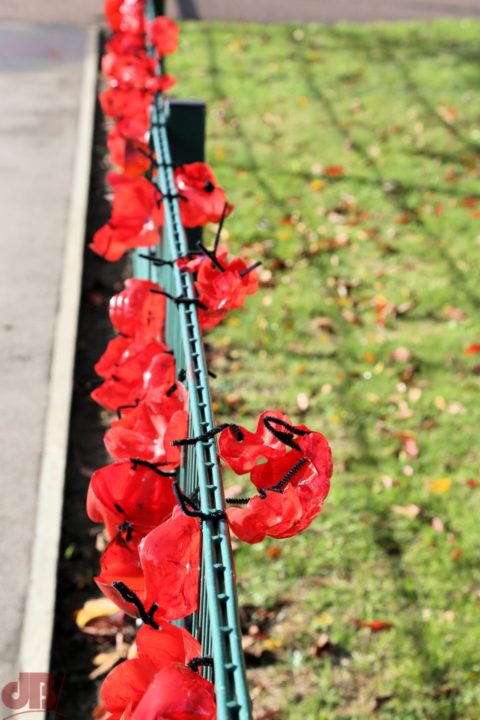
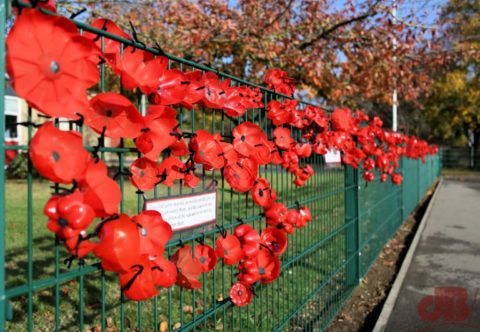
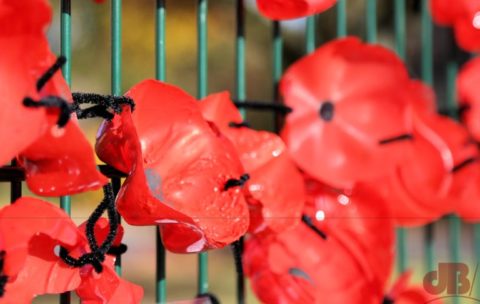
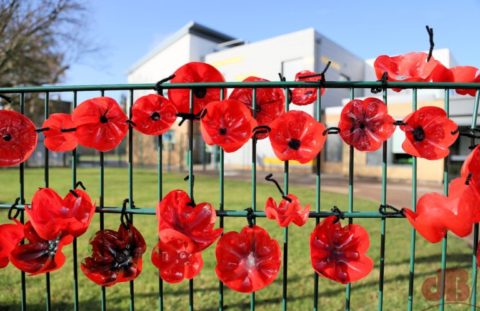
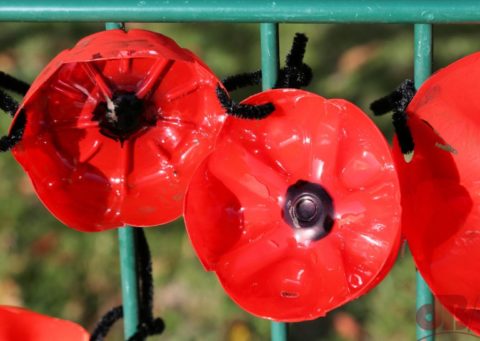
2018 marked the centenary of the end of World War I, which concluded on November 11, 1918, with the signing of the Armistice agreement. In 2018, many countries around the world held commemorative events to mark the 100th anniversary of the end of the war, and to honor the millions of people who lost their lives or were affected by the conflict.
The First World War was a significant event in world history, which resulted in the deaths of millions of people, the reshaping of Europe’s political and social landscape, and the beginning of a new era in international relations. The events of World War I continue to influence the world to this day, and studying its history is important to gain an understanding of the global dynamics that have shaped the modern world.
Poppies are a symbol of remembrance of those who died in World War I and subsequent wars. The tradition of wearing a poppy began in 1921, inspired by the poem “In Flanders Fields” by Canadian Lieutenant-Colonel John McCrae. The poem describes the poppies growing on the battlefield where many soldiers died, and the red colour of the poppies is associated with the bloodshed of war.
The wearing of poppies is particularly common in the UK, Canada, Australia, and New Zealand, where it is part of the commemorations of Remembrance Day (November 11) or Anzac Day (April 25). The poppies are sold by the Royal British Legion in the UK and other organizations in other countries to raise funds for the welfare of veterans and their families.
The poppy has become an enduring symbol of the sacrifices made in war and is often worn as a sign of respect and gratitude for those who have served and died for their country. It serves as a reminder of the devastating effects of war and the importance of working towards peace.